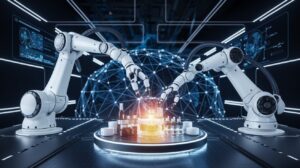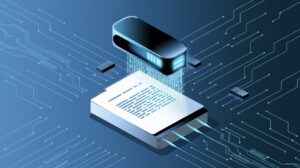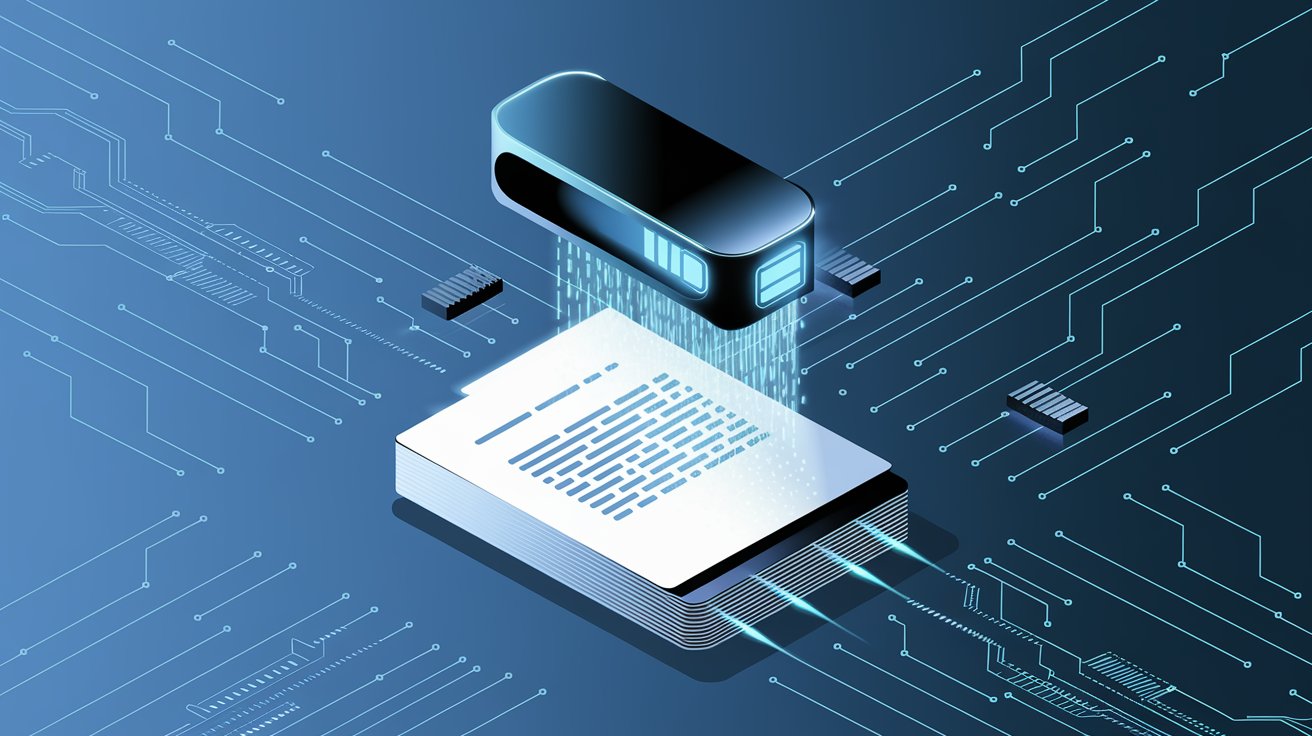
Unlocking Efficiency with GenAI-Powered OCR: Transforming Document Processing
The Challenge: Time-Consuming and Error-Prone Paperwork
Paperwork is often daunting and time-consuming, increasing the risk of human errors. However, evolving technologies are revolutionizing document processing. One such advancement is Optical Character Recognition (OCR)—a technology that converts text images into machine-readable text. Businesses widely use OCR for extracting data from receipts, invoices, and documents, significantly improving workflow efficiency.
Traditional OCR vs. GenAI-Enhanced OCR
OCR has long been instrumental in digitizing printed and handwritten documents, making information extraction easier. However, traditional OCR has limitations in handling complex layouts, handwriting, and contextual interpretation. Enter Generative AI (GenAI)—a transformative enhancement to OCR that resolves these limitations, providing unmatched accuracy and automation.
How GenAI is Enhancing OCR Technology
Improved Accuracy and Precision
GenAI models are trained on vast datasets, enabling them to recognize diverse fonts, layouts, and languages with precision. They can accurately decipher intricate patterns and handwritten texts, reducing errors and improving data reliability.
Seamless Handling of Complex Layouts
Traditional OCR struggles with tables, multi-column documents, and irregular layouts. AI-driven OCR, however, adapts to these complexities, ensuring precise data extraction. Example: Banks use AI-powered OCR to process handwritten loan applications, account opening forms, and identity verification documents efficiently.
Multilingual and Handwriting Recognition
GenAI excels at processing documents in multiple languages and diverse handwriting styles, making it ideal for global businesses that require cross-language document processing.
Extracting Non-Textual Information
Beyond text recognition, GenAI-powered OCR can extract valuable insights from images, charts, and tables, enabling businesses to leverage a broader range of data.
The ROI of GenAI-Powered OCR
Cost and Time Savings
• Up to 90% reduction in manual data entry efforts.
• 30-50% decrease in processing time for documents.
• Significant cost savings by reducing human intervention and rework due to errors.
Enhanced Automation and Productivity
• 85%+ accuracy in data extraction, reducing error correction needs.
• Streamlined document workflows, allowing employees to focus on strategic tasks.
Adaptability to Changing Business Needs
- GenAI systems continuously learn and improve, ensuring adaptability to new document formats and evolving business requirements.
Language Translation & Global Compliance
- AI-integrated OCR can automatically translate documents while interpreting cultural nuances, making it a game-changer for multinational organizations.
Intelligent Feedback Analysis for Business Insights
- AI-powered OCR enables businesses to analyze customer feedback, categorizing sentiments as positive, negative, or neutral to enhance decision-making.
Efficient Document Summarization
- GenAI leverages NLP and deep learning to summarize key document elements, allowing employees to review large volumes of information quickly and make informed decisions.
Overcoming Current Limitations
While GenAI-powered OCR offers tremendous advantages, certain challenges persist:
• Handwritten Text Recognition: Diverse handwriting styles can still pose accuracy issues.
• Contextual Understanding: Complex semantics can sometimes be misinterpreted.
• High Computational Requirements: Running deep learning models requires significant computing power.
Solutions to Address Challenges
• Data Augmentation: Expanding training datasets improves handwriting recognition.
• Algorithm Optimization: Continuous R&D enhances AI’s contextual accuracy.
• Cloud-Based OCR Solutions: Scalable cloud services mitigate computing power limitations, making AI-powered OCR accessible to businesses of all sizes.
Final Thoughts
Despite challenges, GenAI-powered OCR is revolutionizing document processing by improving accuracy, efficiency, and automation. As businesses increasingly adopt AI solutions, integrating GenAI-driven OCR unlocks vast opportunities for enhanced productivity and cost savings across industries.
Ready to harness the power of AI-driven OCR for your business? Learn more at www.avenirdigital.ai.
Need an appointment


Quick Links
We build really better idea
Subscribe for newsletter & get day news, service updates
Resources
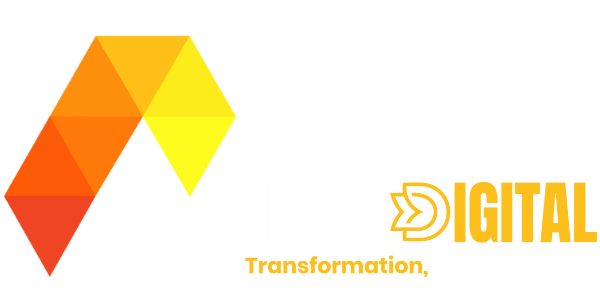

Need an appointment
